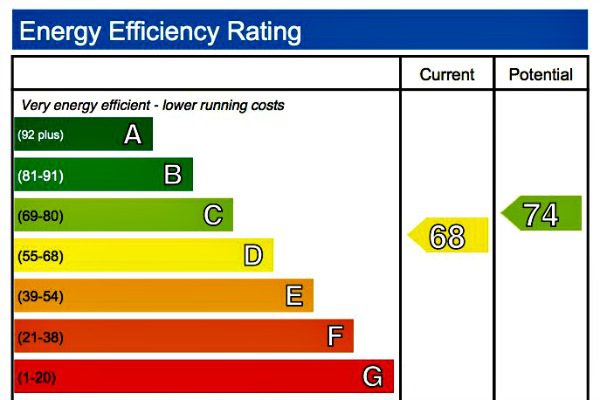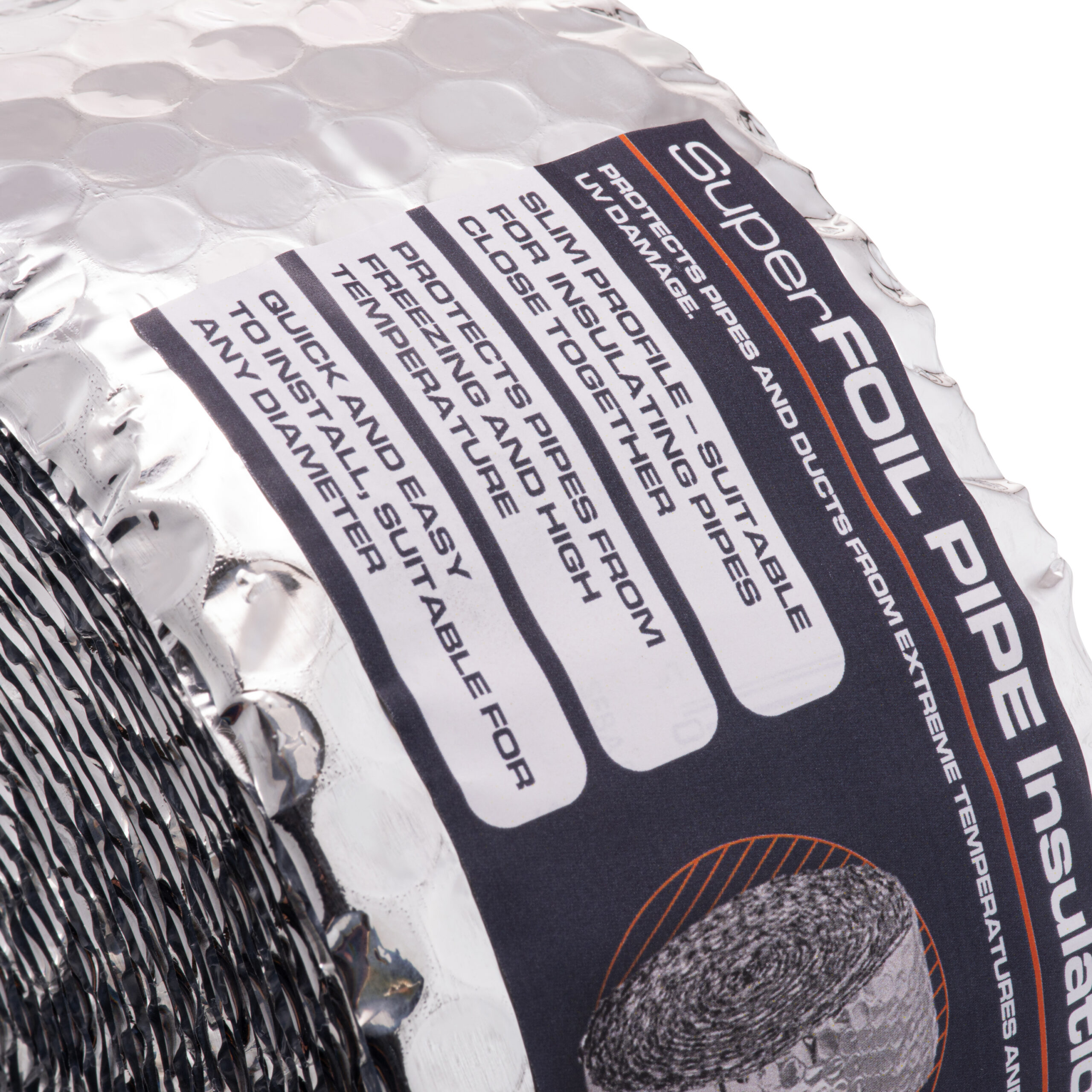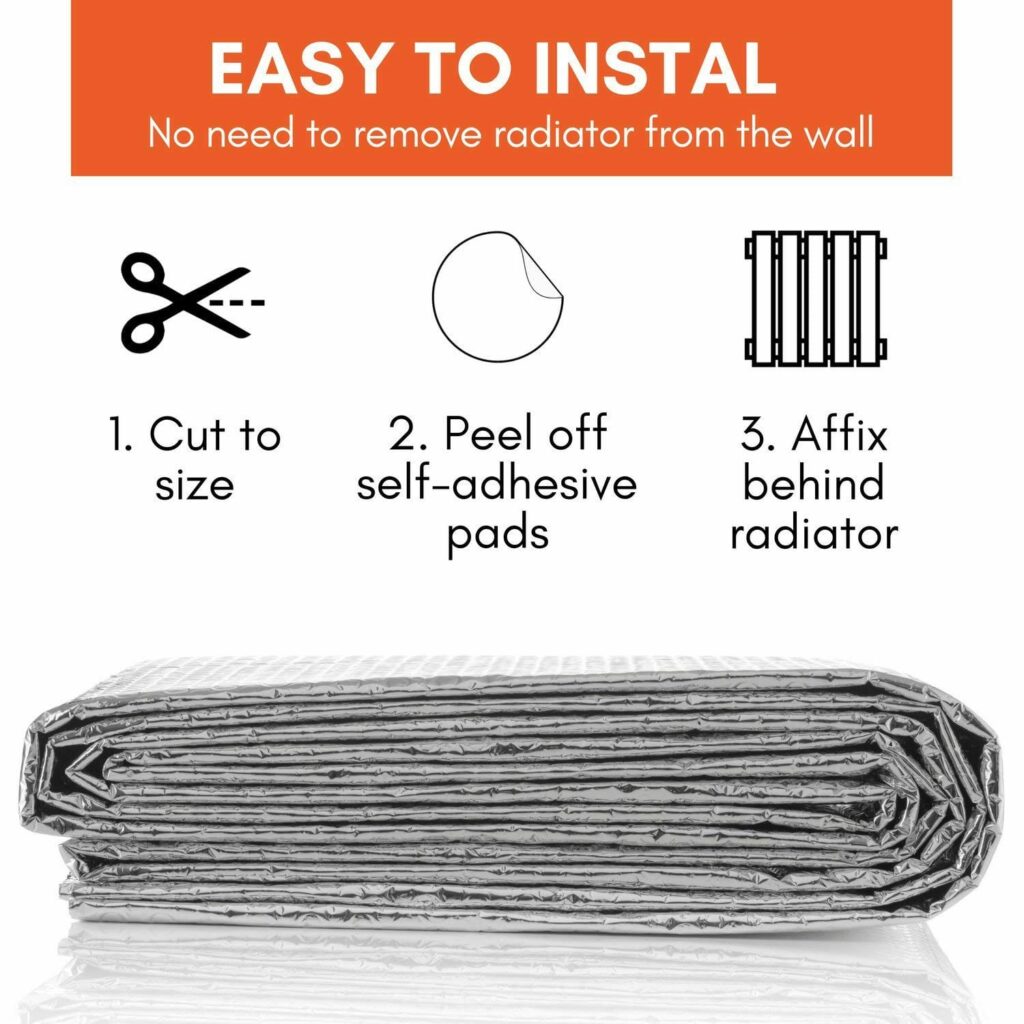Insulation is a one-off investment that can bring immediate, long term savings on energy usage, but there are many other low-cost changes that households can make to reduce their heating bills right now.
At SuperFOIL Insulation, we’re passionate about helping our clients and customers to make their property more energy efficient, more environmentally friendly and more affordable, especially during the current energy crisis.
Gas and electricity prices in the UK are soaring since the energy price cap rose by £693 per year in April – and households are braced for a further leap in prices in October when the cap is expected to rise again, possibly by a further £500.

Savvy shoppers face an even greater increase in costs because, if you previously managed to get a good-value fixed tariff, your bills could be about to rise by £1,000 per year or more when the tariff expires, with almost all energy providers now charging as much as they can.
The boss of Scottish Power has described the situation as “truly horrific” while his counterpart at E.On warns that 40% of households could fall into fuel poverty this winter.
So how can you cut down on costs?
The long term savings from insulation
For most households, investing in roof, floor and wall insulation would have the biggest impact on your energy usage. For under £2,000, the average home could upgrade to multifoil roof insulation and save around £100 per month during the winter – that’s a saving of around £13,000 over the fifty year plus lifespan of the product based on current prices. While this may seem a big cost at a time when the cost of living is rising, investing in insulation will have long term benefits which will protect you against energy price rises now and reduce the impact of further price rises on your finances. You can also make further savings by fitting insulation in the walls and floor.
Better yet, insulation, including multifoil, currently has zero VAT, making it more affordable at a time when it’s most needed.
If the upfront cost of roof, floor and wall insulation is too much for your finances right now, there are plenty of other steps you can take to improve the energy efficiency of your home.
Use your EPC as a guide
When buying or selling a home, it’s typical for an Energy Performance Certificate (EPC) to have been issued, showing how efficient your home may be. While this may have helped influence a decision when you purchased your home or began renting it, it can also be very helpful in helping you find ways to improve its efficiency further.

EPCs have been used widely since 2008 and although they are valid for ten years, even an old EPC can be useful. You can also get a new EPC for around £60-£120 depending on the size and location of your home. For the more expensive certifications, an assessor will conduct a home energy audit, potentially giving one-to-one advice, surveying the property with thermal imaging and setting out a comprehensive plan to help you upgrade your home.
Recommendations might include wall, roof and floor insulation (as explained above) as well as the installation of solar panels and battery storage, switching the gas boiler for a heat pump and switching to low energy lighting, but there could also be specific things individual to your property that could make a big difference, so it’s certainly worth considering.
Look out for improvement areas
Don’t fancy spending for a new EPC? Then a quick DIY inspection might help you find aspects of your property which could be improved.
Even if you don’t want to reinsulate, you should take a look in your loft, external walls and ground floor if these are accessible. Look out for any gaps in the insulation, any degraded insulation materials and see if there are any exposed pipes which could be conducting the cold into your house – Our Multipurpose wrap could be useful for touch ups like this, as well as our SFBA Pipe Wrap. You should also look at the insulation around your hot water tank to see if this could be improved with a new boiler jacket or similar.

You should look out for draughts and gaps around doors, windows and other openings such as loft hatches, letter boxes and keyholes because these could mean you’re losing a lot of heat to the outside. Fixing them could be adjusting the fit of your doors in their frames or you could replace foam or rubber seals to make them more snug and draught excluders are a cheap yet effective solution.
Even if you have the latest and greatest boiler with the best energy rating, there are many things you can do to get this working as efficiently as possible: Check the heating controls, timers and thermostats are working correctly and set for sensible times. If you haven’t reprogrammed your timer for a while, you might find it’s still on daylight savings time or you might find that your day to day routine may have changed, so there’s no need for it to be on so early or so late at night for instance.
Lastly, lighting can make a big difference in electricity usage. Swap your bulbs for LEDs and you can enjoy better light at a fraction of the cost, and you won’t have to replace them so often. Although, again, there would be an upfront cost as LED bulbs are generally more expensive.
Quick fixes
As we’ve said, upgrading your insulation is one of the most important things you can do to reduce heat loss and improve efficiency, but insulation doesn’t have to be limited to roofs, floors and walls.
If you’ve ever seen thermal images of houses at night, you’ll know that while the walls are generally quite cool and show up dark, the windows blaze brightly as they are far less effective at preventing heat loss. To stop heat from escaping through the glass, it’s always worth putting up some thick curtains that cover the whole window as they can function in the same way as insulation and they can also stop draughts. Most households could also use curtains more effectively by making sure they’re open when the sun is shining through the window and shutting them before it turns dark so as to keep the heat in.
The performance of radiators can vary dramatically, with modern, double layer radiators being much better at heating a room. You should also make sure they’re working properly and bleed your radiators to remove any air that’s preventing them from warming up.
You can also boost the performance of any radiator with the addition of radiator reflectors such as our SuperFOIL RadPack.

These narrow, reflective sheets of bubble foil insulation can be stuck against the wall behind a radiator to prevent heat from a radiator going into the walls and reflecting 95% of the heat back into the room. Fitting these couldn’t be easier – each pack has enough insulation for three radiators and you can cut it to size using scissors before sticking it to the wall with the included self-adhesive pads. Better still, our RadPacks are available from a range of suppliers, including the Yorkshire Trading Company, Wickes Online, Stax, Amazon and eBay.
With these simple steps, you should be able to turn down your heating while making your house warmer and more comfortable – saving you money on your bills in no time at all.
For more information on our range of foil insulation products, click here.
